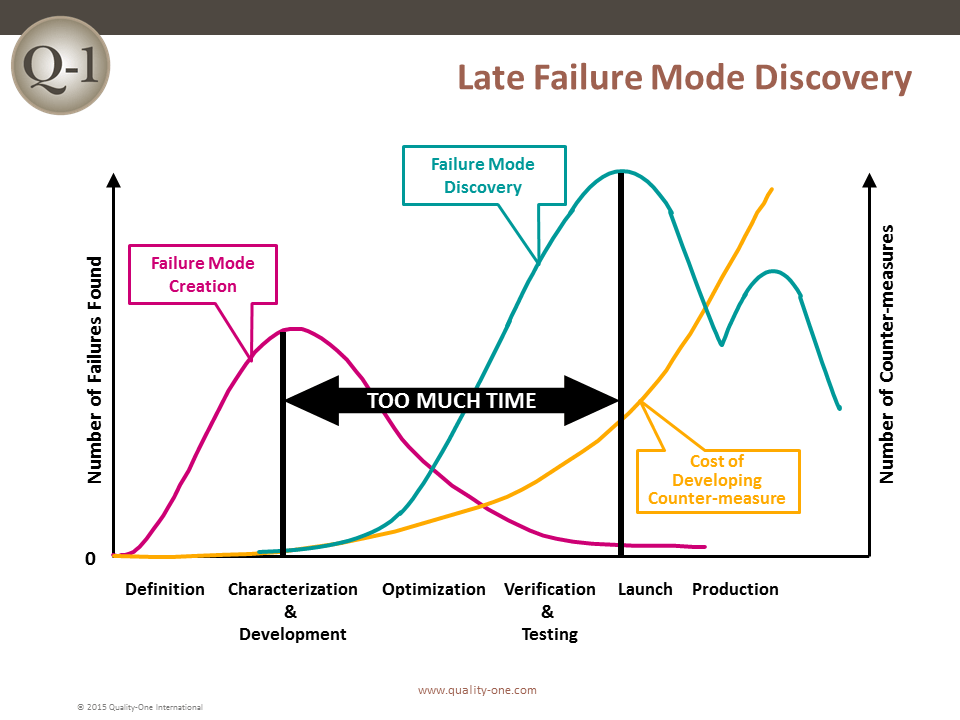
The pulse strength is then increased in 0.125-V steps until a same test amplitude has been classified as above the pacing threshold 3 times consecutively, defining the RV capture threshold. In absence of prior search, the first test amplitude is 0.75 V, which is then decreased in 0.125-V steps until a test amplitude is classified as below the pacing threshold. The search for the capture threshold begins at a test amplitude 0.125 V below the last measured value. The device confirms the capture when it senses a signal in response to the test pulse. RVCM varies the strength of the pacing pulse to find the lowest amplitude that consistently captures the RV myocardium. The device performs a search for the RV pacing threshold amplitude at a fixed pulse duration of 0.4 ms. RVCM can only be launched at rest during a stable cardiac rhythm. If MVP is the programmed pacing mode, the pacemaker functions temporarily to DDD (R) mode during the search of capture threshold. Right ventricular (RV) capture management (CM) is available when the device operates in DDD(R), DDI(R), MVP or VVI(R) modes. Right ventricular capture management operation the period of lead maturation following its implantation, the pacing output may be adjusted, though not below the nominal 3.5 V or 0.4 ms, respectively, or below the last manually programmed output settings. In case of unsuccessful measurement, no further attempt to find a capture threshold is scheduled until the following day.ĭuring the acute phase, i.e.

For example, the permanently programmed pulse amplitude or duration may not exceed the 5-V or 1-ms limits, respectively, in each of the right heart cavity. The follow-up measurements of the capture threshold are scheduled when no other pending features have a higher priority, starting with a device interrogation to determine whether some programmed settings might interfere with its search. Over time, these measurements are used to construct a curve of its trend.
#Difference between failure to sense and failure to capture generator#
When verifying the capture threshold, the pulse generator prepares for a search, carries out the search and measures the threshold. at 1 a.m.), the pulse generator measures the capture threshold to determine the lowest pulse amplitude, combined with the shortest duration, which consistently captures the myocardium. This function presumes that the device is able to recognize the efficacy versus inefficacy of a given pulse output amplitude.Īt programmable time intervals (e.g. While these values can be manually programmed, the “Capture Management” function can be applied to manage the pacing outputs in the atrium and ventricle.

The strength of the pacing pulses in each cavity hinges on their individually programmed amplitude and duration.


 0 kommentar(er)
0 kommentar(er)
